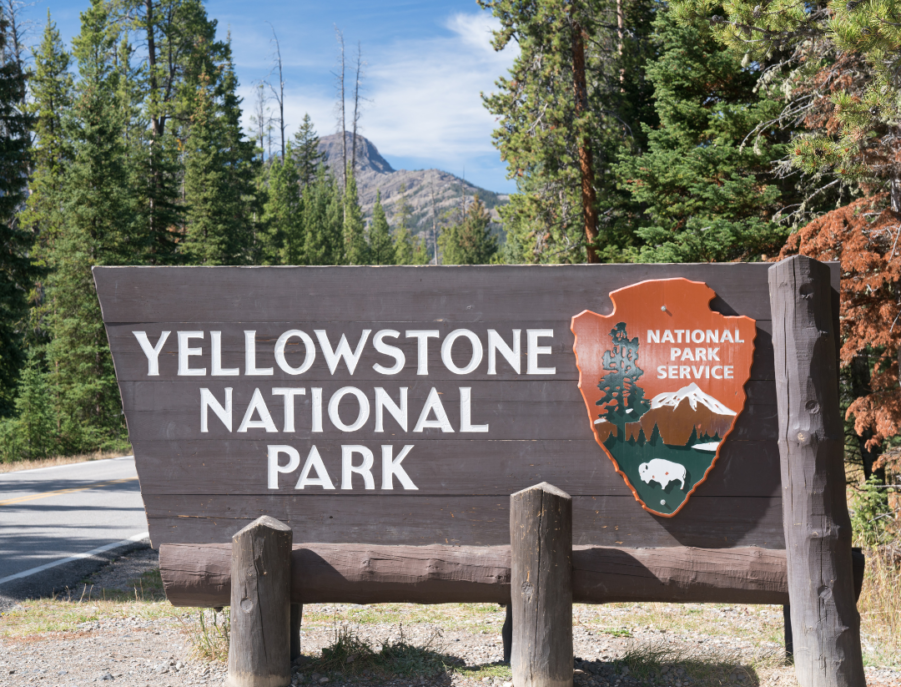America’s National Parks have been a quintessential getaway for city-weary tourists since their establishment more than a century ago. From Yosemite and Yellowstone to Acadia and the Everglades, these parks include some of the most beautiful natural places on the continent. Getting the most of your National Parks visit requires some careful preparation and knowhow. Before you go, check out these 11 tips for visiting America’s National Parks, part of the Outdoor Tips series.
1. Learn the rules
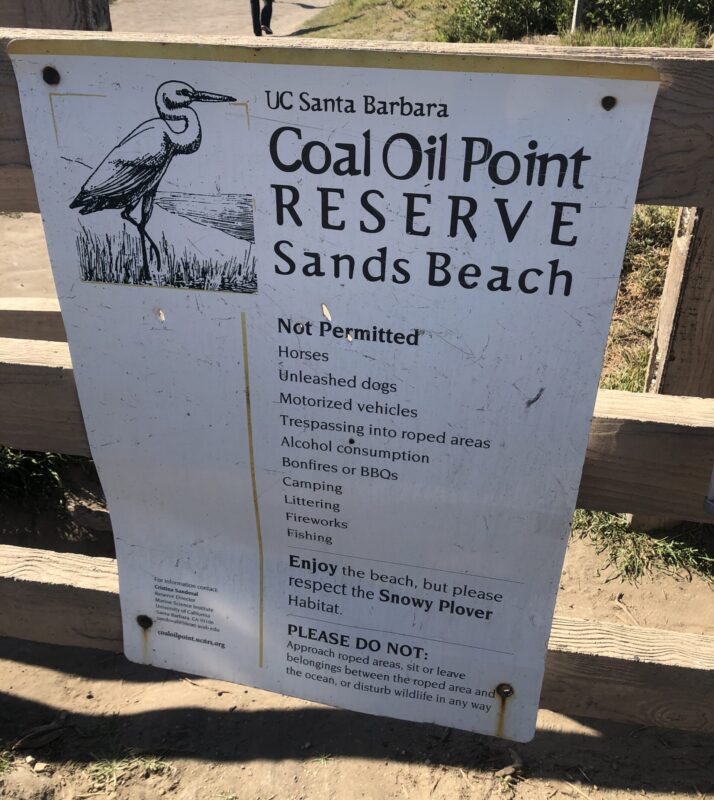
Like any other protected area, national parks have rules. Although these vary between parks, you can always find the specific rules for any park you’re visiting at nps.gov. Depending on where you visit, you may want to be mindful of things like:
- Quiet hours at campgrounds
- Storing food
- Playing music
- Having dogs in certain parts of the park
- Whether off-trail hiking is allowed
- Required permits for fishing, climbing, or back-country hiking
- How to properly dispose of trash
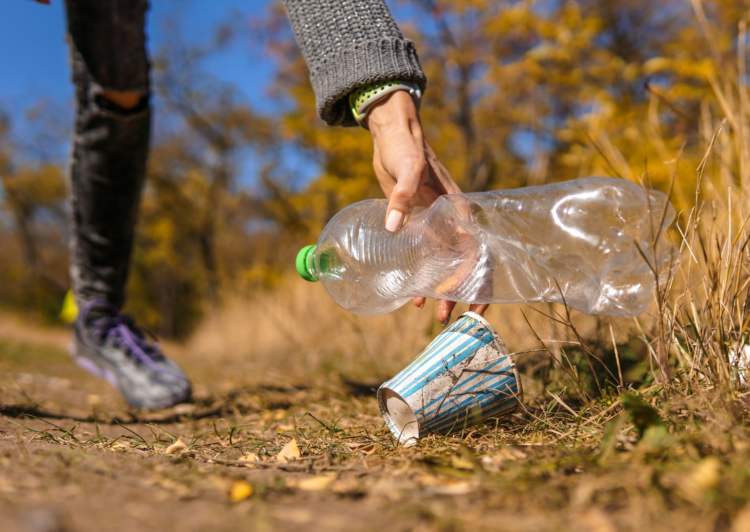
Generally speaking, it’s always worth knowing how to be a good guest in the outdoors. This includes following posted signs, listening to park staff, and minimizing your impact on your surroundings.
2. Check visitation and access ahead of time
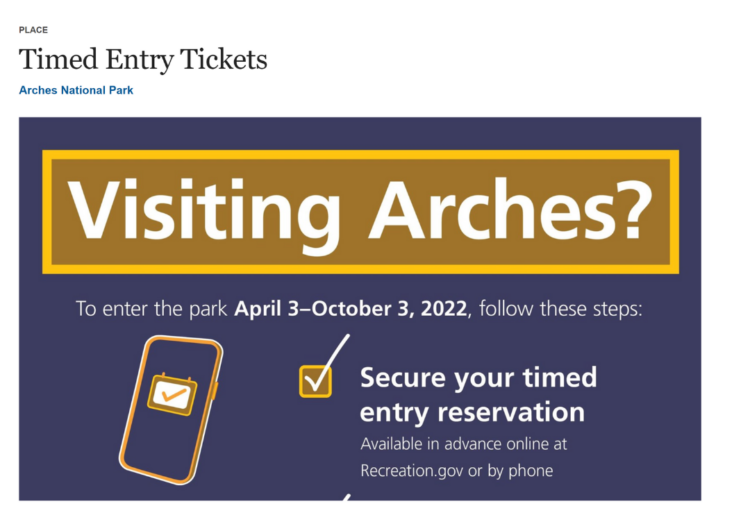
With closings from government shutdowns, COVID-19 restrictions and dangerous weather events like floods, you’re never guaranteed to find a park open. With record-breaking numbers of visitors each year, some parks have had to sell passes that restrict the number of visitors at certain times of year. For other parks, some areas will only be open to the public in certain seasons.
Check your park’s website frequently as you plan your visit to be up to date on park conditions and whether you need reservations for your planned activities. For some parks, entrance passes can sell out months in advance, so it’s worth planning ahead.
3. Book accommodations early

On a similar note, housing options tend to get booked quickly in and around national parks. Campsites are particularly quick in parks like Glacier and Yosemite. In fact, you may end up having to reserve them six months to a year in advance, depending on the location.
Hotels, online rentals, and other accommodations will jack up their prices the closer you get to high-traffic seasons. This means paying a serious premium when busy times of year come around. By staying ahead of the came, you can save some serious cash on your nature trip.
4. Learn about local wildlife
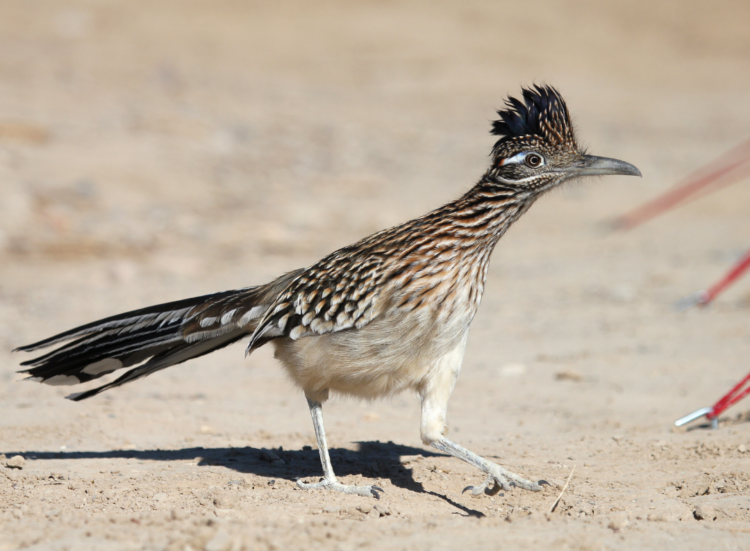
If you’re travelling to see nature, it helps to know what to look out for! Depending on what kind of habitats are in a park, you could find vastly different plants and animals.

Before you hit the road, check out some guidebooks, blogs, or other resources to get an idea of:
- the type of biomes and ecosystems you’ll encounter and how to explore them
- exciting species and where/when to find them in a park
- the timing of cool natural events like salmon runs, wildflower blooms, or bird migrations
- any dangerous species and what precautions you can take
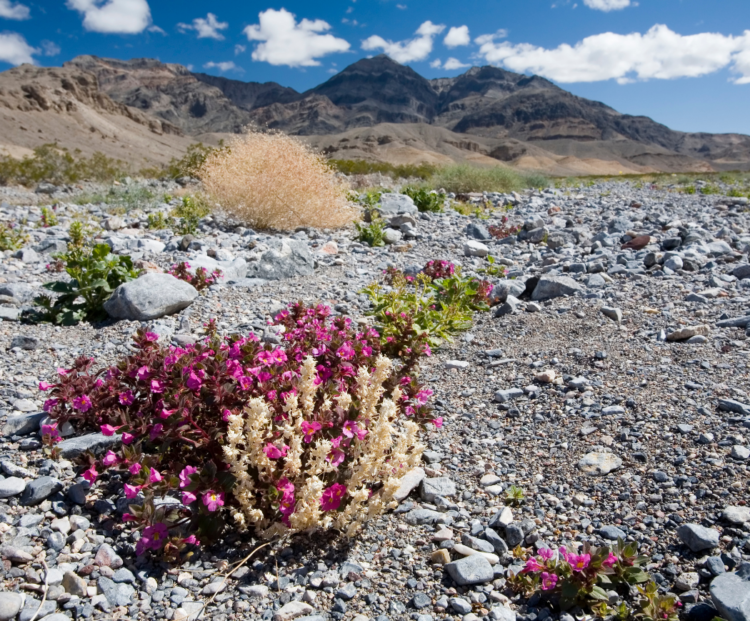
Park websites and crowd-sourced wildlife spotting databases like iNaturalist and eBird are always a great place to start. The latter options can give real-time updates on what species are being seen in different parts of the park.
5. Have your wildlife viewing gear ready
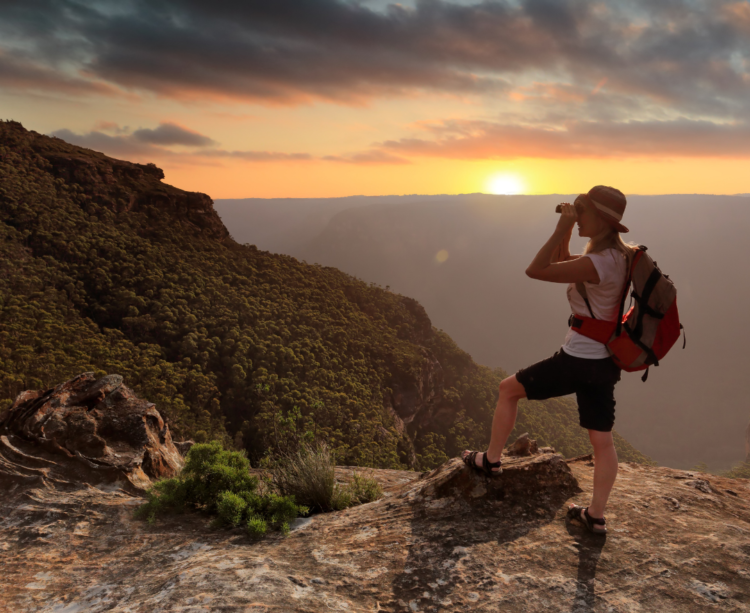
Knowing what to look for and where to find it is a great start. But once you know what wildlife you’ll see, you need to make sure you can enjoy watching it. This means you’ll want to have some gear along that will make looking for, and admiring plants and animals easy and fun. This might include:
- Polarized sunglasses to prevent glare off of water
- Hats with broad or long brims to keep the sun out of your eyes
- Binoculars for far-away wildlife
- A magnifying glass for fine details
- Spotting scopes
- A camera or phone with camera abilities
6. Pick up some field guides or naturalist apps
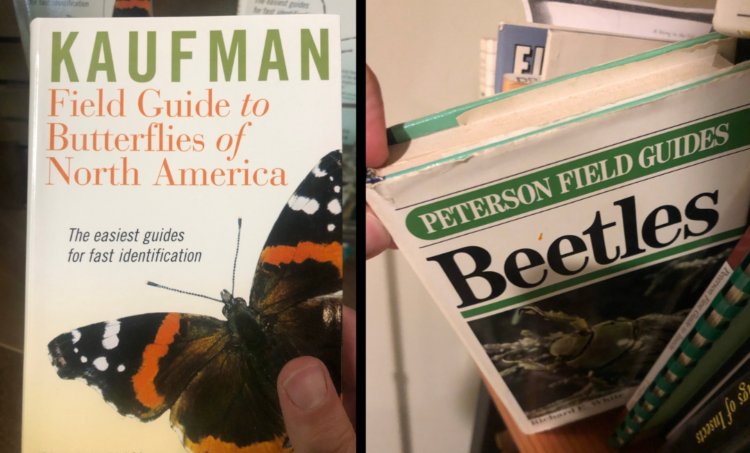
One of the most exciting things about spending time in nature is discovering things you’ve never run into before. This could include new mushrooms, wildflowers, or bird species that can’t be found at home. Because you might find new and unfamiliar wildlife, it’s good to be prepared with resources for looking up interesting sightings.
You can find a variety of field guides at new and used book stores, as well as your local library, to study up ahead of time. Since field guides can get roughed up when you’re out and about, I don’t recommend taking library books on your hikes and camping trips.
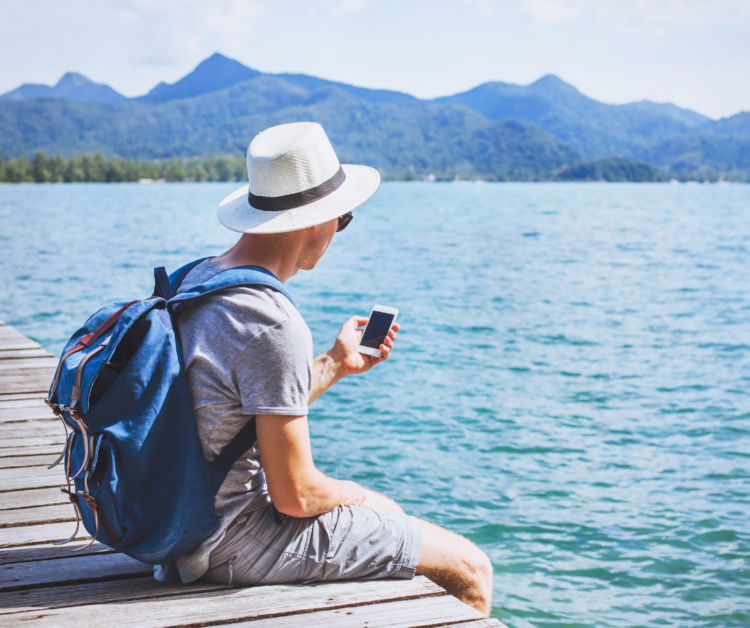
Mobile apps are a lighter way to carry around wildlife reference materials. Some apps can even identify wildlife on the fly with pictures or sound recordings. Of course, one downside of using mobile apps is that they can drain your phone battery, and many require wireless reception. If you’re planning on being in remote areas, try downloading data packs ahead of time.
7. Stop by a visitors center
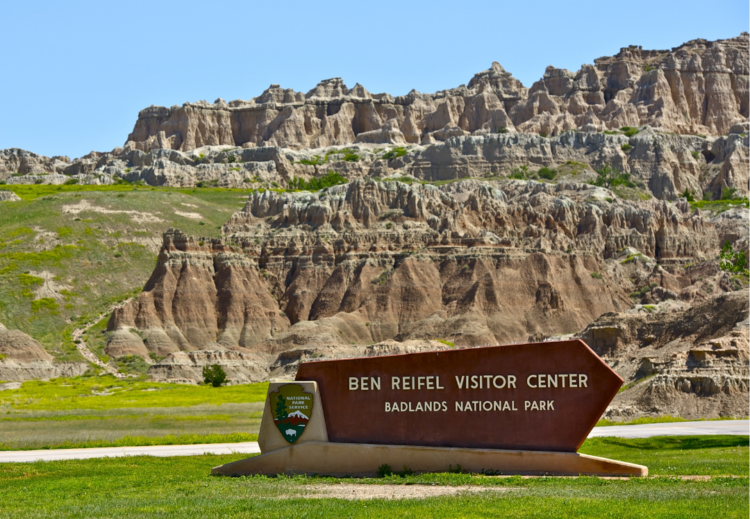
When you arrive at your destination, a local visitor’s center should always be your first stop. Most parks have several visitor center locations, so if one is busy you can always find another. Visitors centers will have posted signs with important information on trail closures, wildlife sightings, and weather.
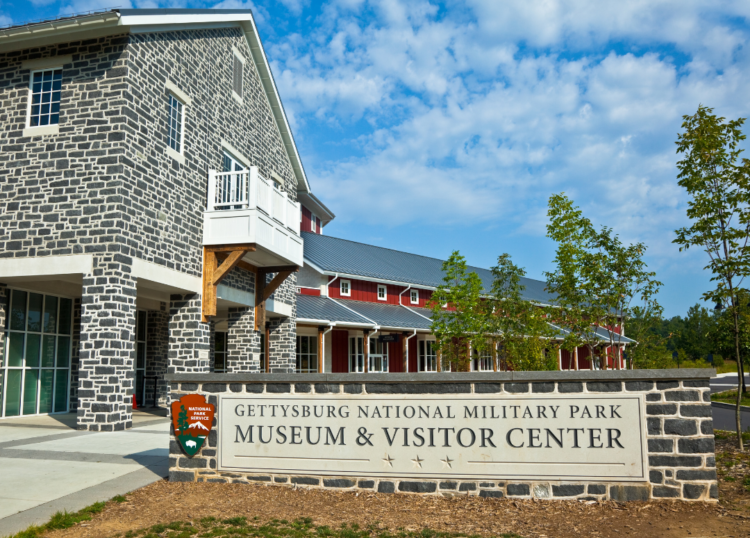
You’ll also be able to buy permits and other necessities via National Park Service vendors. Secondly, there are always bathrooms and water fountains. Remember, stay hydrated to stay safe and enjoy your outdoor adventures!
8. Chat with the rangers
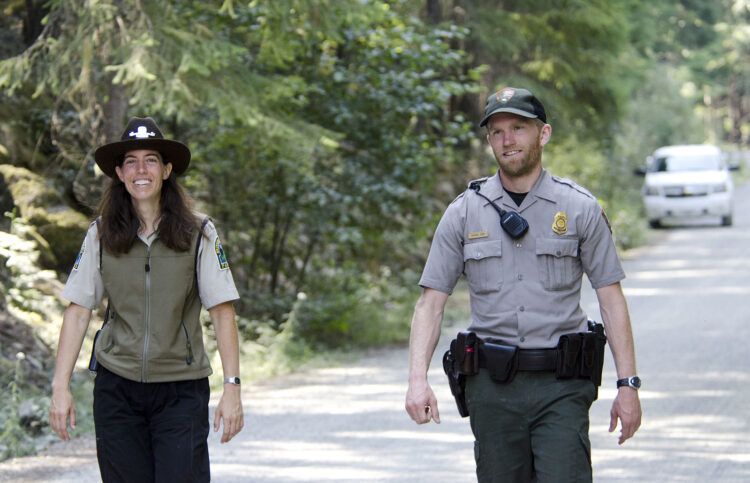
Visitors centers and other park facilities are a great place to meet park rangers. You can identify these trained National Park Employees by their special uniforms.
Rangers are part of a long and proud tradition of park protectors and interpreters who are there to keep you safe and informed about the park. Because of this, they are absolutely the best people to approach with your questions and plans. Rangers can tell you where they’ve seen cool wildlife that you’re determined to see, or tell you how clear the path us up that ridge you’ve been eyeing.
I recently asked rangers at Smoky Mountains National Park where I could find a handful of wildflower species I had been looking for. They chatted excitedly with me about natural history for a while and literally set me on the right path to find everything I hoped to see and more!
9. Treat wildlife with respect
A major part of outdoor etiquette is respecting wildlife. Humans now dominate most of the Earth’s surface, and natural areas are the tiny remaining fraction where wildlife can still thrive. When you visit a National Park, you’re in their house, and because of that it’s worth being cautious and respectful.
Close contact with wild animals is dangerous for both the animals and you. Here are just a few of the reasons why it’s never a good idea:
- Any wild animal that has a mouth can bite.
- Wild animals can transmit harmful diseases to people through bites and other contact
- Large animals like bears, bison, or moose are faster than you think and strong enough to cause serious injury
- Animals don’t have vaccines and immunizations to protect them from diseases that we and our pets might be carrying; we can pass deadly diseases to them which can wipe out populations
- Feeding wild animals encourages them to seek contact with people, putting both the animal and other people in danger
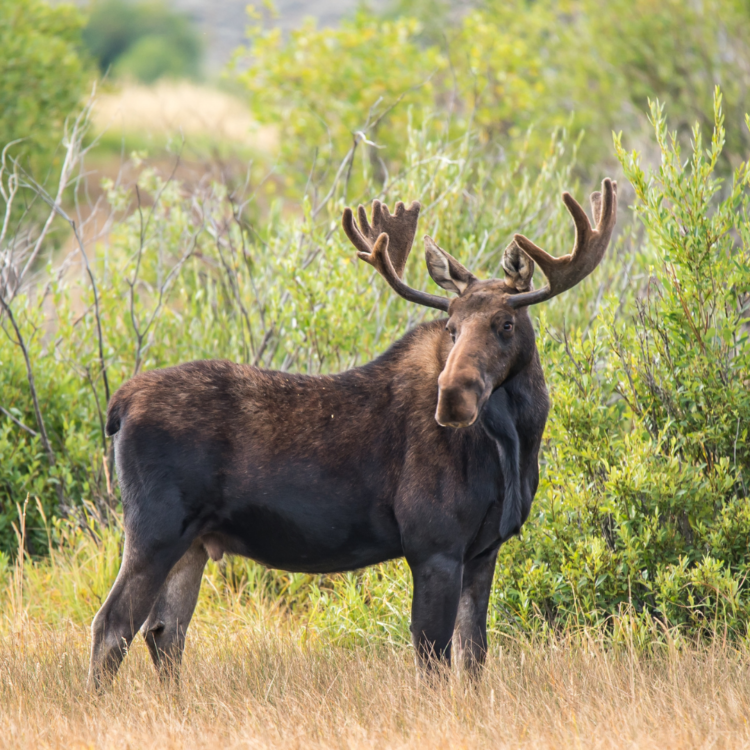
Approaching, trying to touch, or otherwise harassing wild animals is never ok, but it is especially bad in protected areas. On the other hand, any wild animal can hurt you. Just because an animal is inside a National Park does not mean that it is safe.
Of course, this doesn’t only apply to things that can kill you! People are a much greater danger to many species of wildlife than the other way around. Delicate plants, fungi, insects, and lichens, even small reptiles mammals can easily be crushed or disturbed by people who get carelessly close.
10. Make sure you have a map
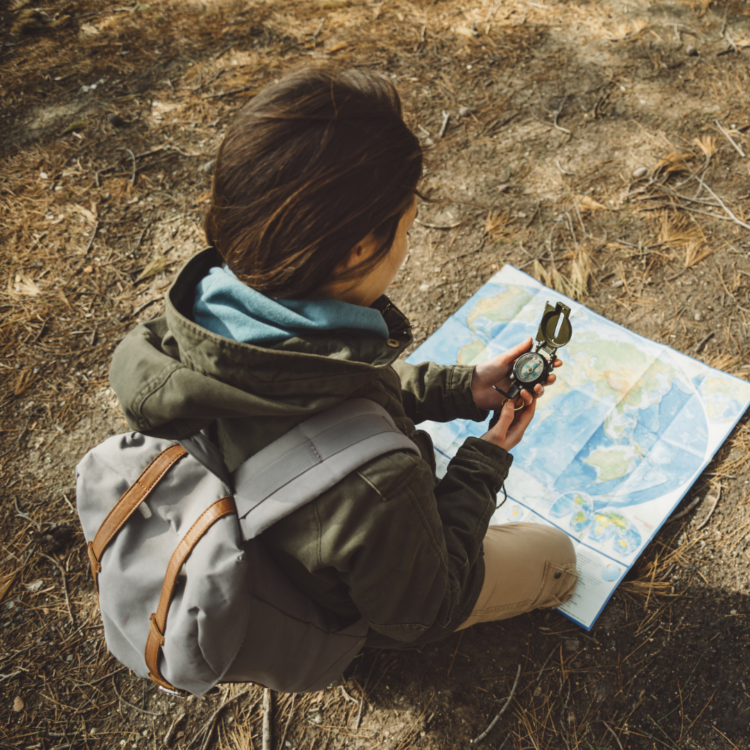
Some national parks can be large and it’s easy to get lost. Although the National Park service does a great job with signs, it’s always smart to bring a map or navigational app along. This will also make it easier to hit all of the areas of interest you planned out before your visit!
11. Get a National Parks Passport

I can’t offer any tips for visiting national parks without mentioning the National Parks Passport. Hands down, this is one of the nerdiest and most delightful things about my every visit to a national park.
The National Parks Passport is a booklet in which you can imprint stamp cancellations commemorating your visit to any national park property. These collectible ink impressions are extremely fun and addictive. You can also purchase stickers, which are confusingly called stamps, that commemorate various parks, and add these to designated sections of the passport.
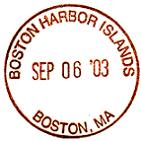
The passports are divided by regions, and different regions have different colored inks for their cancellations. Collecting stamps is a super fun way to keep track of what parks you’ve visited. You’ll find special stations to do your stamps in most visitor centers.
Almost any National Park Service property will have a stamp. Beyond national parks, this includes:
- national monuments
- national seashores
- national historical parks
- national historical sites
- national military parks
Want more tips for visiting national parks?
If you’re looking for further reading from National Parks pros, check out some of these great titles:

Your Guide to the National Parks by M.J. Oswald and D. Pankratz

National Geographic Guide to National Parks of the United States (9th Edition) by National Geographic

100 Parks, 5,000 Ideas: Where to Go, When to Go, What to see, What to do by Joe Yogerst

The Parklands: Trails and Secrets from the National Parks of the United States by the Parks Project
Thanks for reading tips for visiting national parks!
What made your last national park trip great? Is there a park at the top of your wish list? Do you have other tips for visiting national parks? Tell us about it in the comments!

